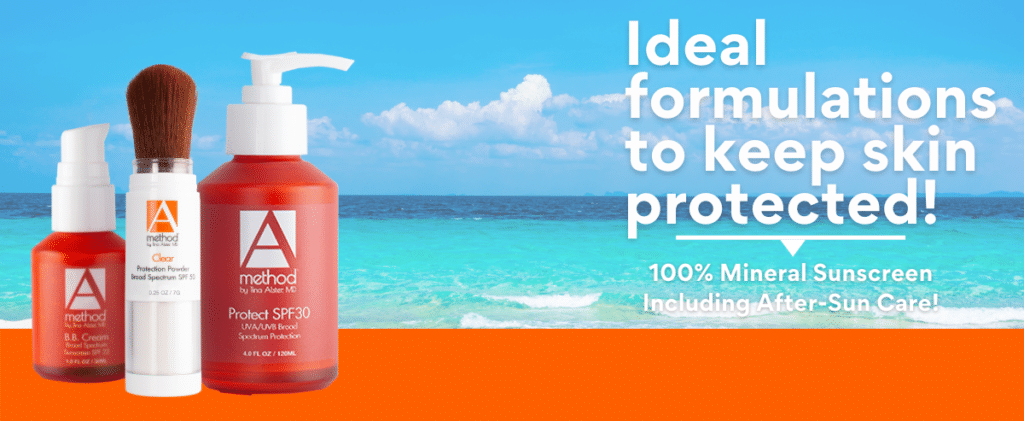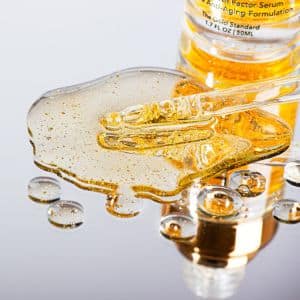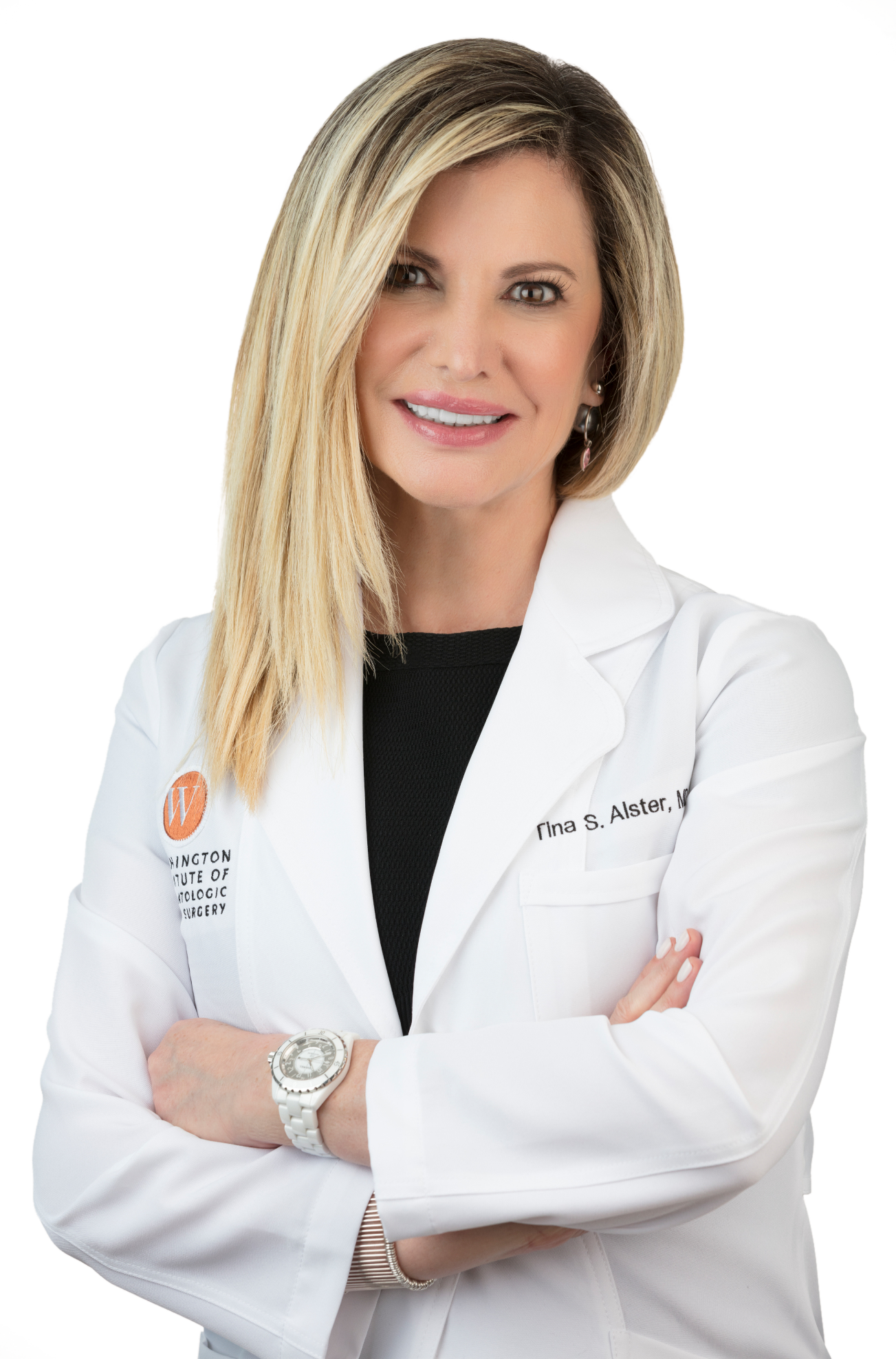Seven Common Myths About Skin Cancer And the truths behind the matter
May is Skin Cancer Awareness month…
Why is this important?
With warm weather now upon us and the sun gaining strength every day, it’s vital to be
cognizant of protecting your skin from the harmful effects of UVA/UVB rays from the sun.
Skin cancer is the uncontrolled growth of abnormal skin cells. If left unchecked, these cancer
cells can spread from the skin into other tissues and organs. There are different types of skin
cancer — all of which are caused or worsened by sun exposure.
Basal cell carcinoma is the most common, although, different forms of skin cancer can come in
many shapes and sizes. They can be small, shiny, waxy, scaly and rough, firm and red, crusty
or bleeding, or have other features like itchiness. Therefore, anything suspicious should be
examined by a board-certified dermatologist.

There are many misconceptions regarding effective sun protection for the skin. Below, we’ve
outlined the most common myths (and truths) regarding skin cancer to hopefully shed some
light on an all too common skin condition.
MYTH: Tanning booths provide safe sun; in fact they are a good way to “prep” skin for summer.
TRUTH: Most tanning booths claim to be safe because they emit UVA rays (not UVB rays) that don’t burn your skin. However, these same rays, while non-burning, are responsible for deeper dermal damage over time which contributes to wrinkles and skin cancer.
MYTH: Concerns over Vitamin D deficiency means I should not use sunscreen.
TRUTH: While many people are Vitamin D deficient, exposing one’s skin to the summer sun
unprotected is not the answer. Only ten minutes of mid-day sun is actually needed to produce
ample amount of Vitamin D for the day. For those who still want or need more, Vitamin D
supplements as well as a diet with Vitamin D-fortified foods (milk, yogurt, cereals, fatty fish) are
recommended.
MYTH: Makeup and face moisturizers that contain SPF are enough protection when heading outside.
TRUTH: These combination products are good if going to the office (with limited sun exposure), but if outdoor activity is planned, these products will only suffice if ample amount is applied (e.g., at least a marble’s size for the face and a golf ball amount for the body). Also, frequent application is needed (at least every two hours if outside). Most people don’t apply enough sunscreen to render themselves protected to the numerical amount printed on the bottle.
MYTH: Waterproof sunscreen keeps your skin protected after going in the water.
TRUTH: Just not true. It will protect you while in the water, but it is best to reapply after you come out because some will rub off in the water or when toweling dry.
MYTH: The chemicals in sunscreen are bad for me.
TRUTH: Chemicals are technically only bad for your skin if it is sensitive. However, common chemicals found in household sunscreens like oxybenzone and octinoxate are extremely harmful to underwater reefs and the environment. So avoid chemical sunscreens! There are several non-chemical-containing sunscreens that don’t irritate the skin and also have a wide range of sun protection (against UVA and UVB rays). Those with sensitive skin should look for products that contain zinc oxide and titanium dioxide.
MYTH: During the summer I always tan, never burn; I’m not at risk for skin cancer.
TRUTH: Because the three most common types of skin cancers (basal cell, squamous cell, melanoma) are related to cumulative sun exposure, protection of the skin from the sun is imperative (regardless of skin type). In fact, skin cancers have been reported in patients with naturally dark skin as well as pale skin, so just because someone tans (rather than burns) doesn’t mean that skin cancer is not possible.
MYTH: I keep an eye on my skin, look for new or unusual spots; I don’t need to see a doctor.
TRUTH: Everyone should have their skin checked by a doctor once a year. And not just any doctor, but a dermatologist who specializes in skin cancer prevention and treatment. It’s critical that people do their homework to find someone who can provide the best care.
While we love the warmth of these brighter days—let’s love it safely.








